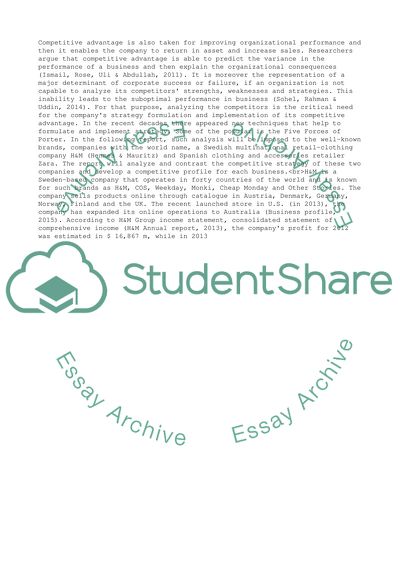Cite this document
(“Industry Analysis Paper Assignment Example | Topics and Well Written Essays - 2750 words”, n.d.)
Retrieved from https://studentshare.org/business/1692231-industry-analysis-paper
Retrieved from https://studentshare.org/business/1692231-industry-analysis-paper
(Industry Analysis Paper Assignment Example | Topics and Well Written Essays - 2750 Words)
https://studentshare.org/business/1692231-industry-analysis-paper.
https://studentshare.org/business/1692231-industry-analysis-paper.
“Industry Analysis Paper Assignment Example | Topics and Well Written Essays - 2750 Words”, n.d. https://studentshare.org/business/1692231-industry-analysis-paper.


